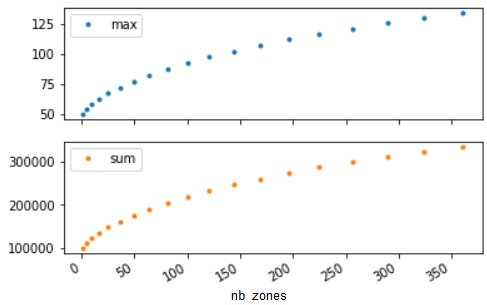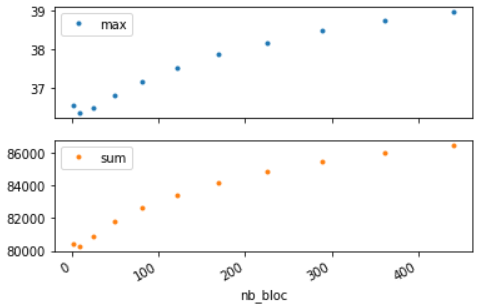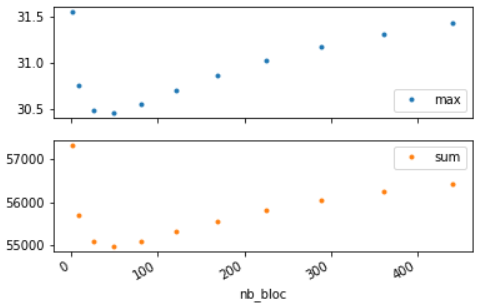I model a single storey building with a big surface (10 000 m²) heated to 15°C. The building is well insulated on the walls and the roof but not on the floor.
I use Kiva foundations with the following parameters:
Foundation:Kiva,
Slab Details, !- Name
15, !- Initial Indoor Air Temperature
, !- Interior Horizontal Insulation Material Name
, !- Interior Horizontal Insulation Depth
, !- Interior Horizontal Insulation Width
, !- Interior Vertical Insulation Material Name
, !- Interior Vertical Insulation Depth
, !- Exterior Horizontal Insulation Material Name
, !- Exterior Horizontal Insulation Depth
, !- Exterior Horizontal Insulation Width
, !- Exterior Vertical Insulation Material Name
, !- Exterior Vertical Insulation Depth
, !- Wall Height Above Grade
, !- Wall Depth Below Slab
; !- Footing Wall Construction Name
Foundation:Kiva:Settings,
1.8, !- Soil Conductivity
3200, !- Soil Density
836, !- Soil Specific Heat
0.9, !- Ground Solar Absorptivity
0.9, !- Ground Thermal Absorptivity
0.03, !- Ground Surface Roughness
40, !- FarField Width
GroundWater, !- DeepGround Boundary Condition
10; !- DeepGround Depth
SurfaceProperty:ExposedFoundationPerimeter,
PLANCHER +00_+00_+00, !- Surface Name
ExposedPerimeterFraction, !- Exposed Perimeter Calculation Method
, !- Total Exposed Perimeter
1, !- Exposed Perimeter Fraction
; !- Surface Segment 1 Exposed
.... [identical for all zones]
Heating needs increase with the number of zones without stabilization.
The following graph shows the maximum power and the total heating energy for this building depending on the number of zones:

What makes me think the problem is with Kiva? When the floor is insulated, the heating needs remain unchanged regardless of the number of zones.
Thank you for your help.





 There is still an increase up to 8%.
There is still an increase up to 8%.

